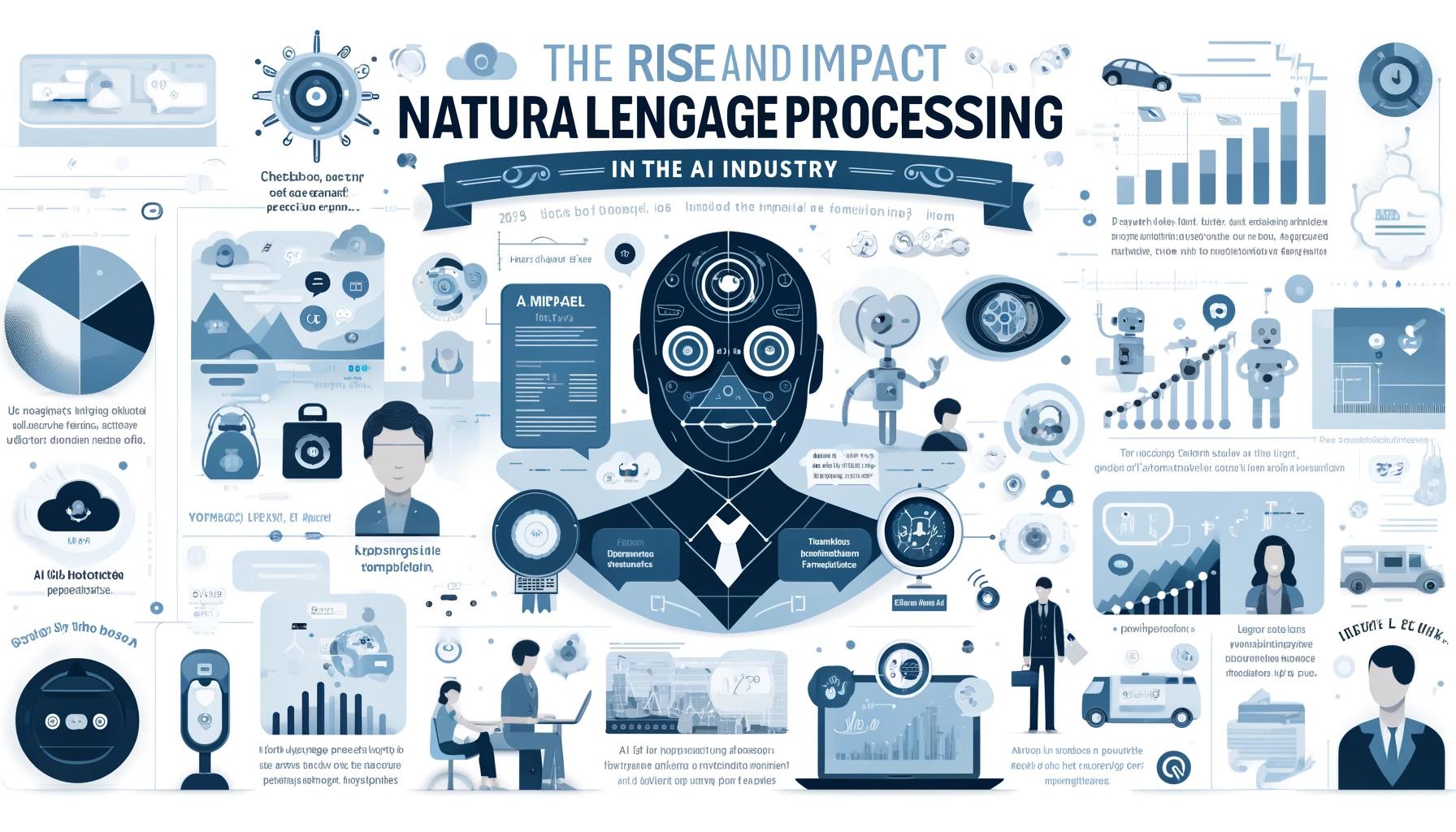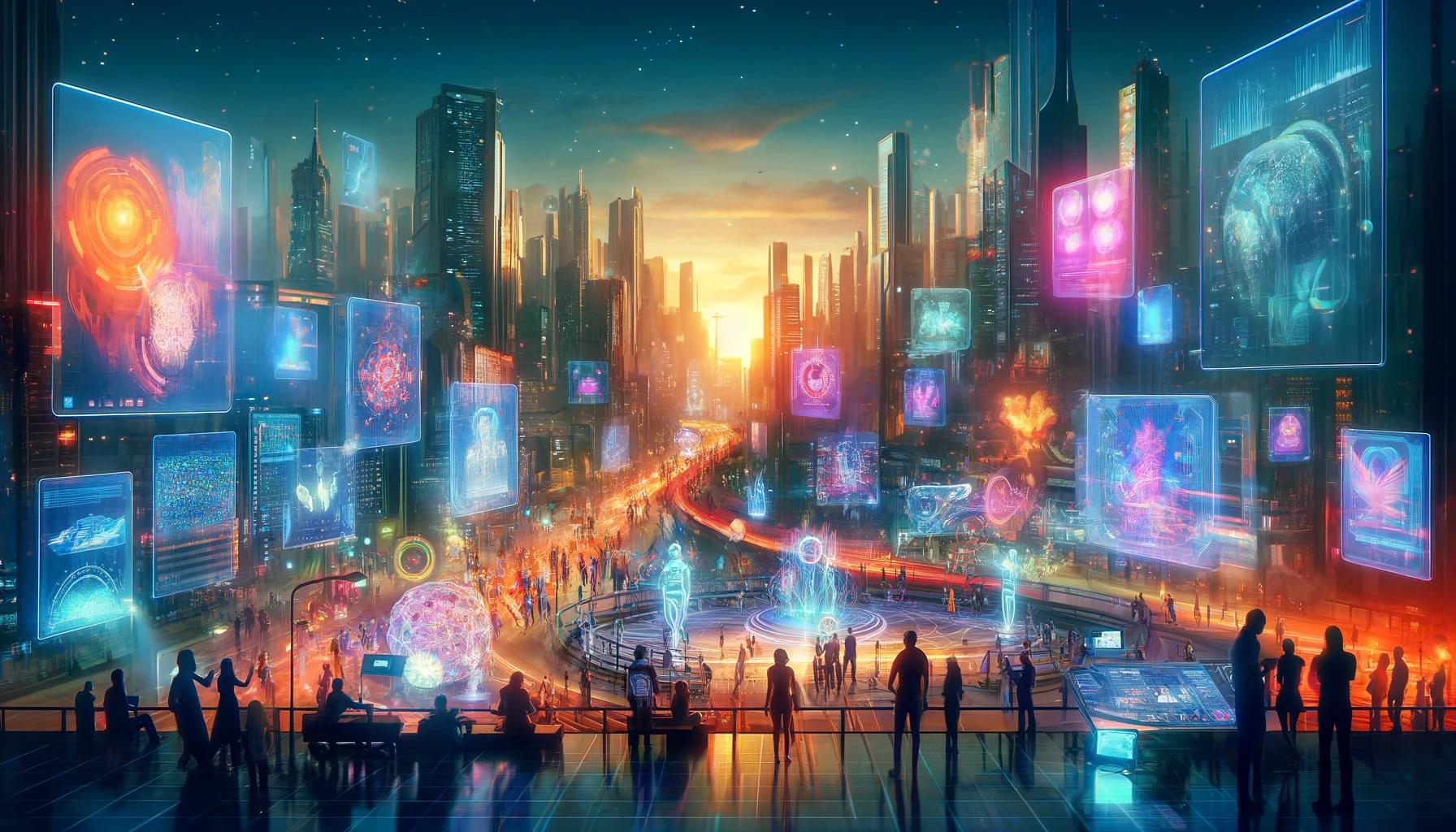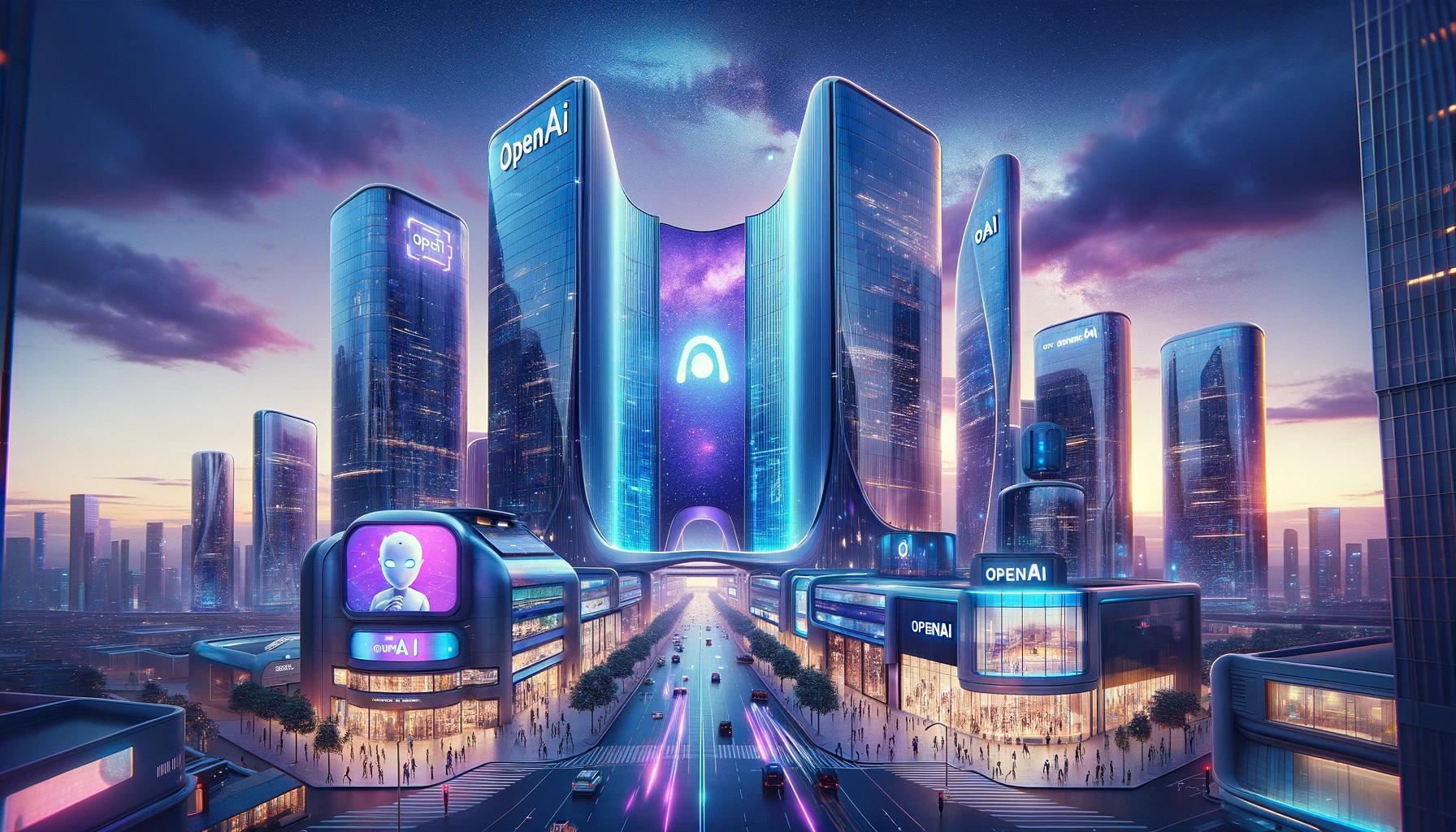LLM vs. Generative AI: Understanding the Differences?
The terms "Language Model" (LLM, often referring to Large Language Models) and "Generative AI" are pivotal in the artificial intelligence domain but denote distinct concepts. Understanding these differences is essential for navigating the rapidly evolving landscape of AI technologies.
Language Models (LLM): Focused on Natural Language
-
Definition: Large Language Models like GPT are designed to understand, generate, and interact with natural language. They predict the next word in a sentence, comprehend context, and produce coherent text based on input.
-
Specificity: LLMs concentrate on natural language tasks—text generation, conversation, translation, summarization, and question-answering.
-
Examples: GPT-3, BERT, and T5 exemplify Large Language Models tailored for various natural language processing (NLP) tasks.
Generative AI: A Spectrum of Creative Content Production
-
Definition: This category includes AI models capable of generating new content, not limited to text. Generative AI's hallmark is its creation of novel outputs, from images to videos and music.
-
Broad Application: Generative AI spans technologies beyond text, such as Generative Adversarial Networks (GANs) for images, AI for music composition, and deepfake technology.
-
Examples: DALL-E (image creation), StyleGAN (photorealistic images), and WaveNet (audio generation) showcase the diversity of generative AI applications.
Key Differences
-
Scope: LLMs target natural language processing, whereas generative AI includes creative tasks across various media.
-
Applications: LLMs serve text-related functions; generative AI applies to domains including text, images, audio, and video.
-
Technology: Both may use neural networks, but their architectures and training methods can differ significantly based on content type.
Choosing the Right Approach
When choosing between generative AI and large language models (LLMs), consider the following factors:
-
Type of content: Generative AI can generate images, music, code, and other types of content beyond text. LLMs are best suited for text-based tasks like natural language understanding, text generation, language translation, and textual analysis.
-
Data availability: Generative AI requires diverse datasets for different types of content. LLMs are designed to work specifically with text and are a good choice if you have extensive text data.
-
Task complexity: Generative AI is appropriate for complex, creative content generation or tasks that require diversity in outputs. LLMs are specialized for language understanding and text generation, providing accurate and coherent text-based responses.
-
Model size and resources: Larger generative AI models require more computational resources and storage. LLMs may be more efficient for text-focused tasks due to their specialization in language understanding.
In summary, LLMs are a subset of generative AI with a specialized focus on generating natural language, underscoring the breadth and specialization within AI technologies for content creation.











